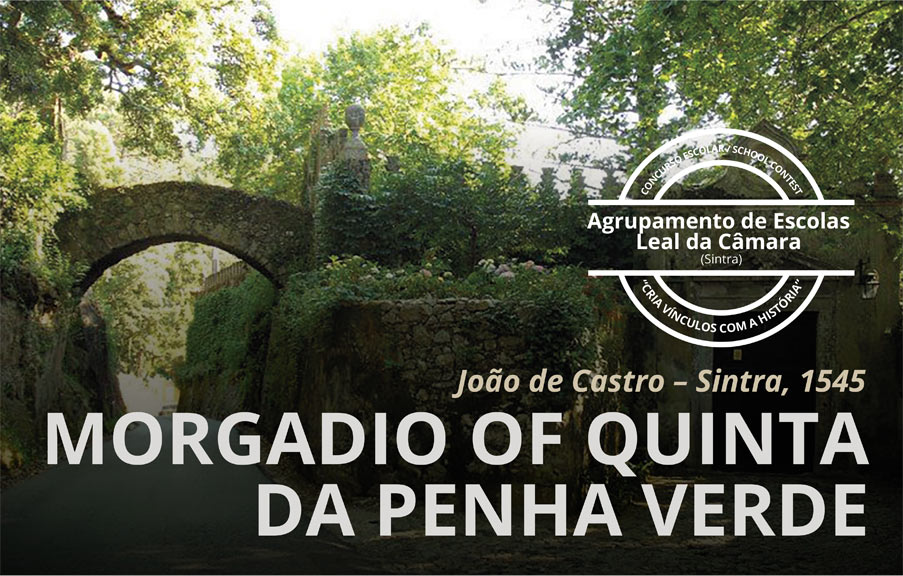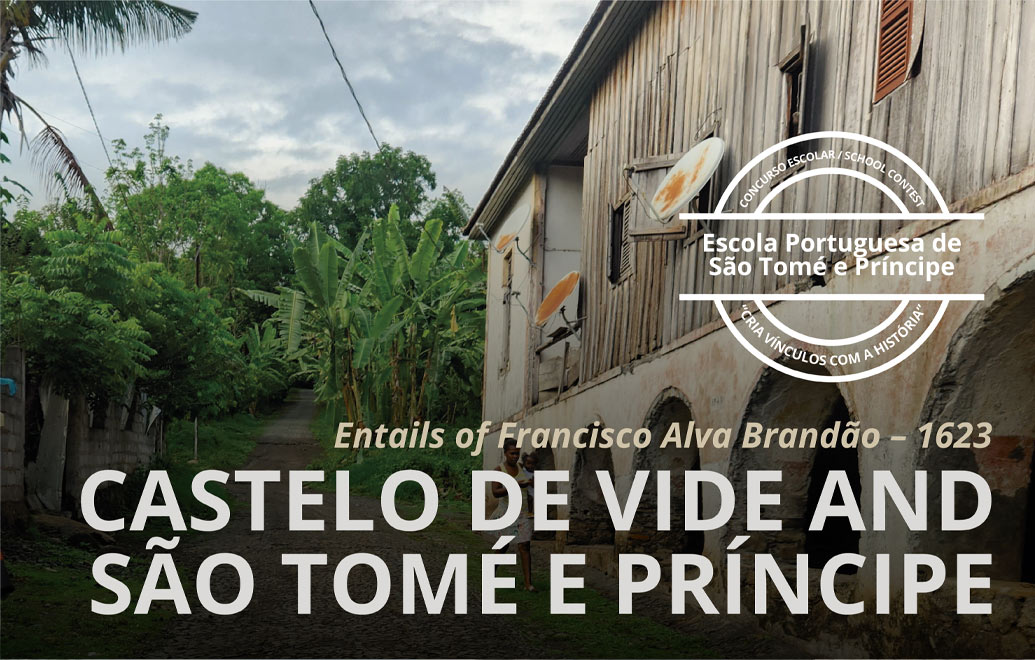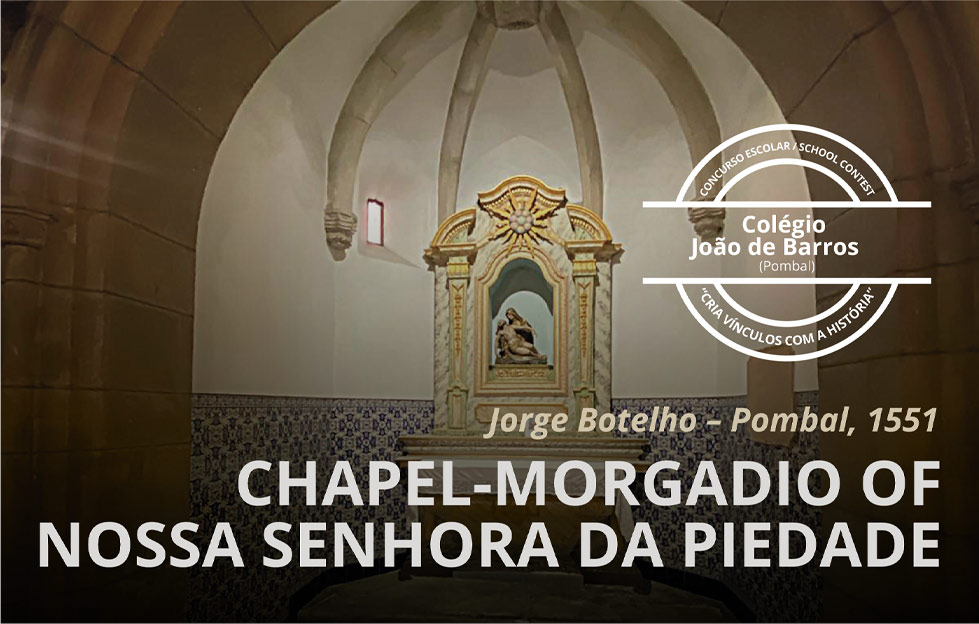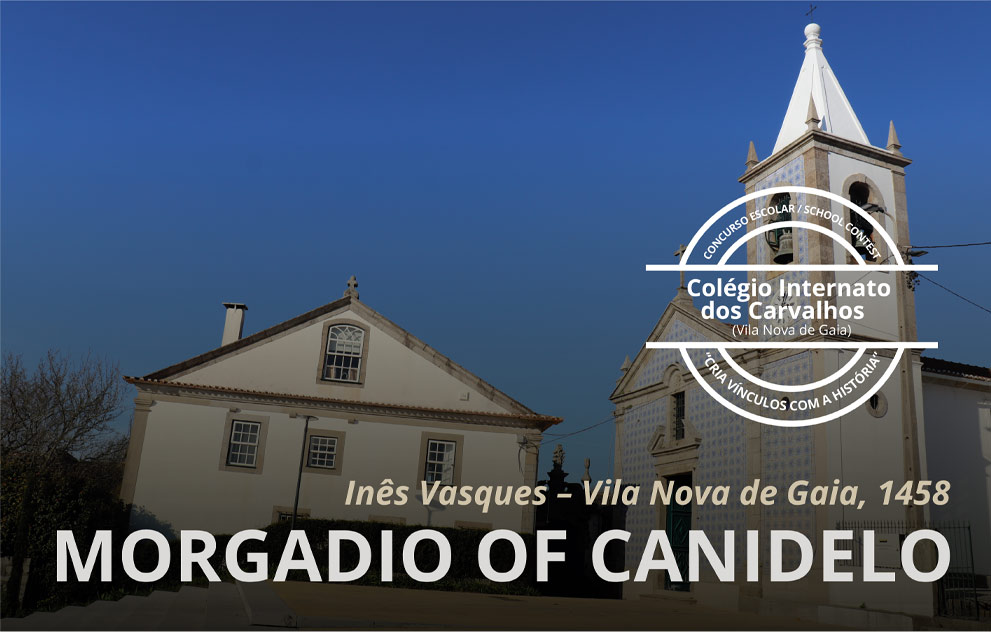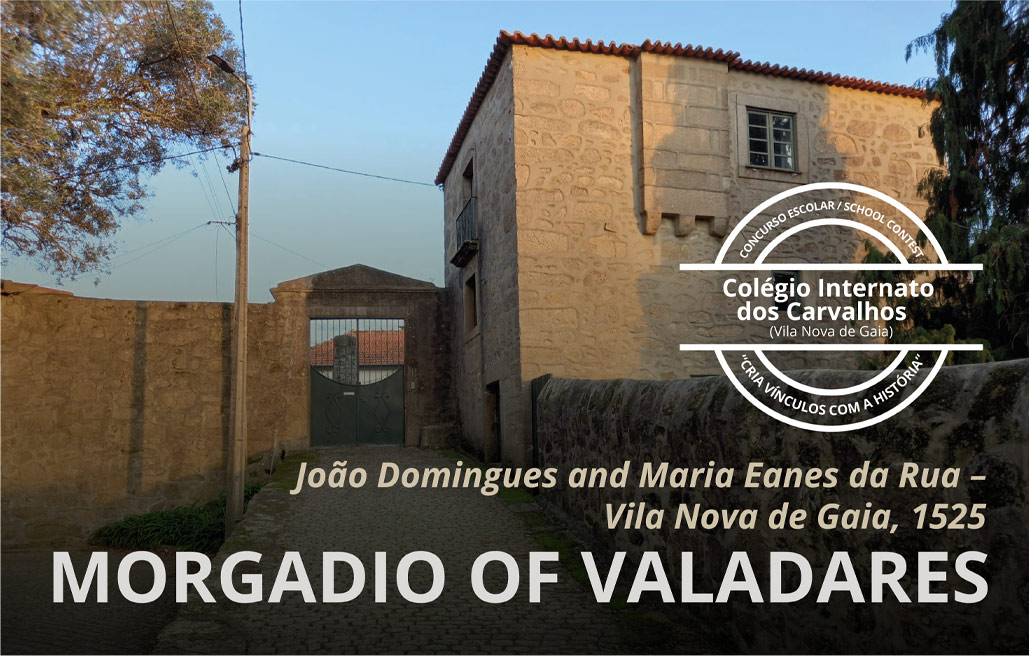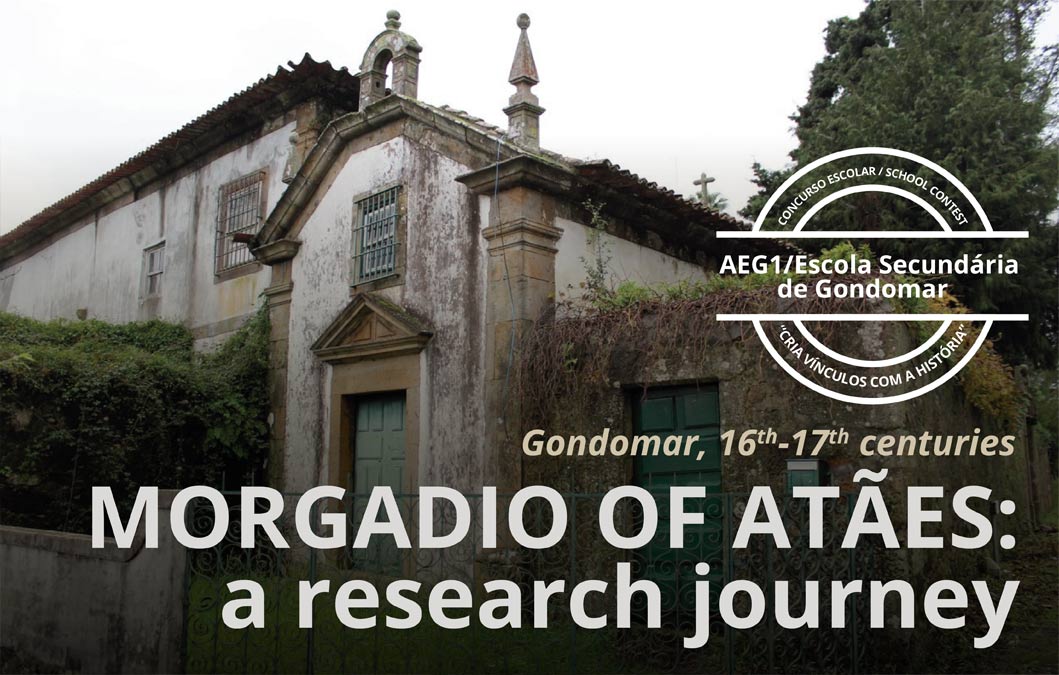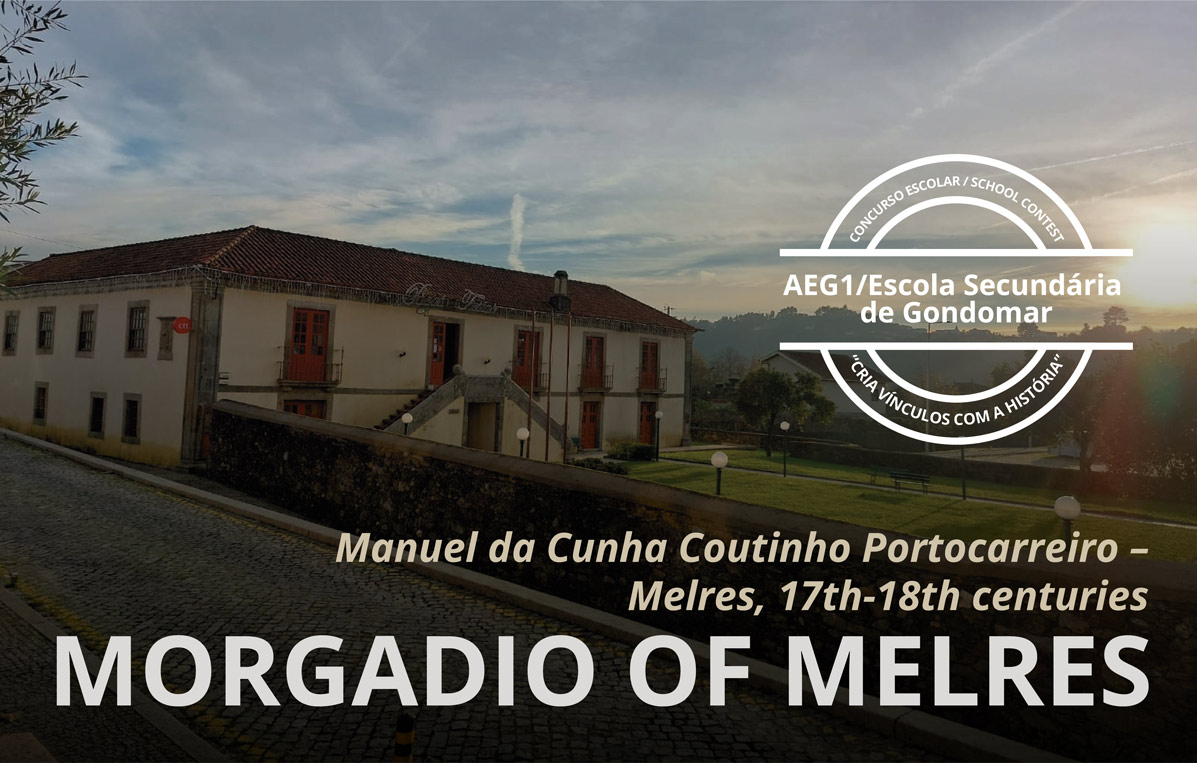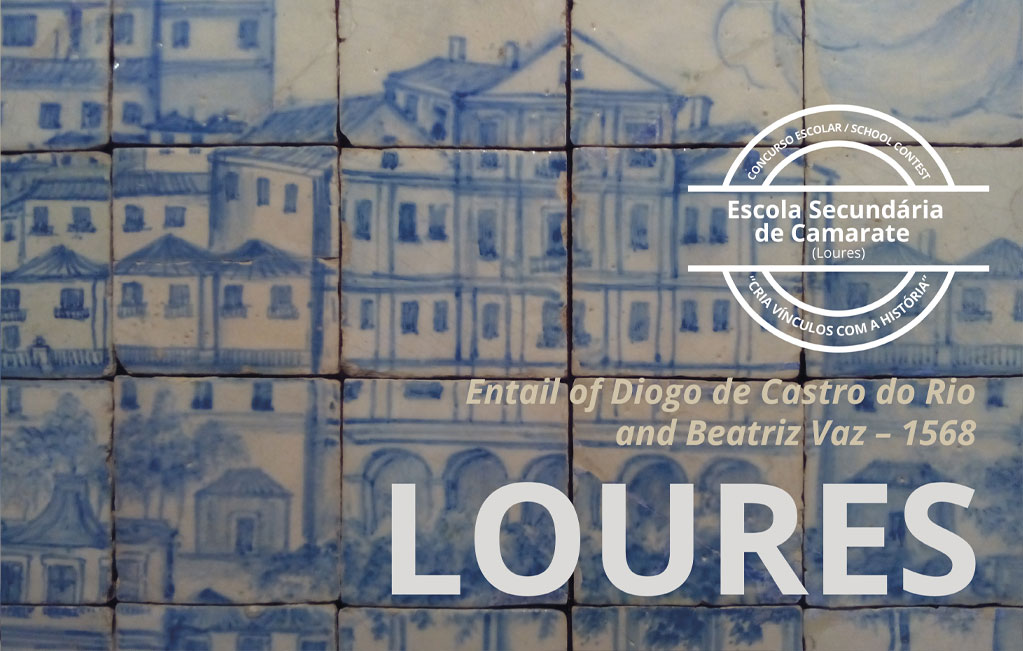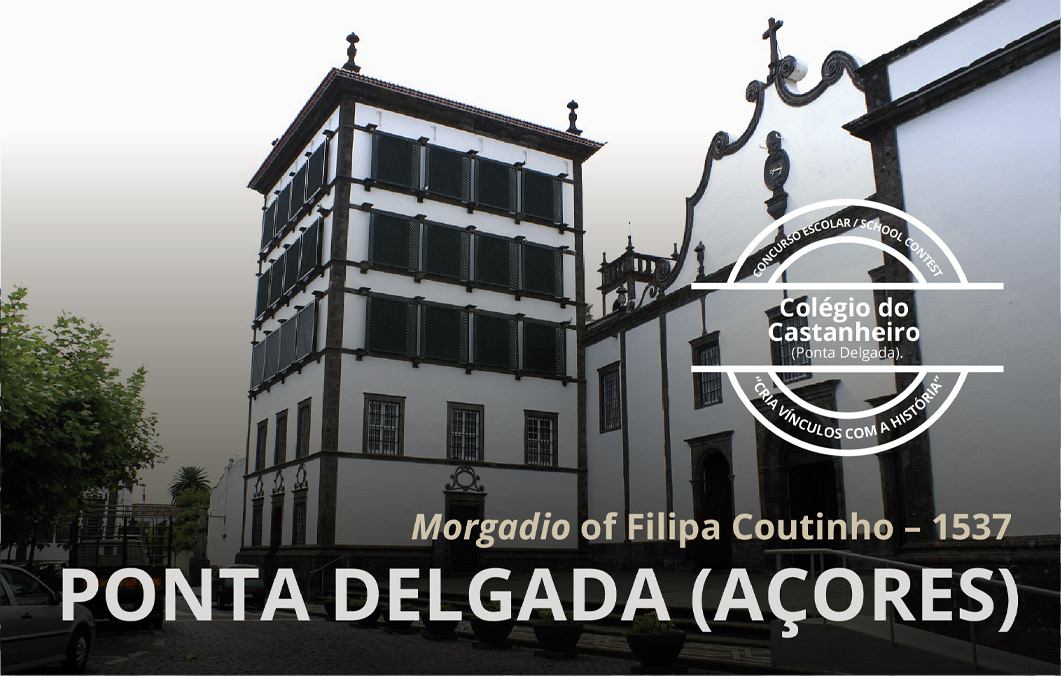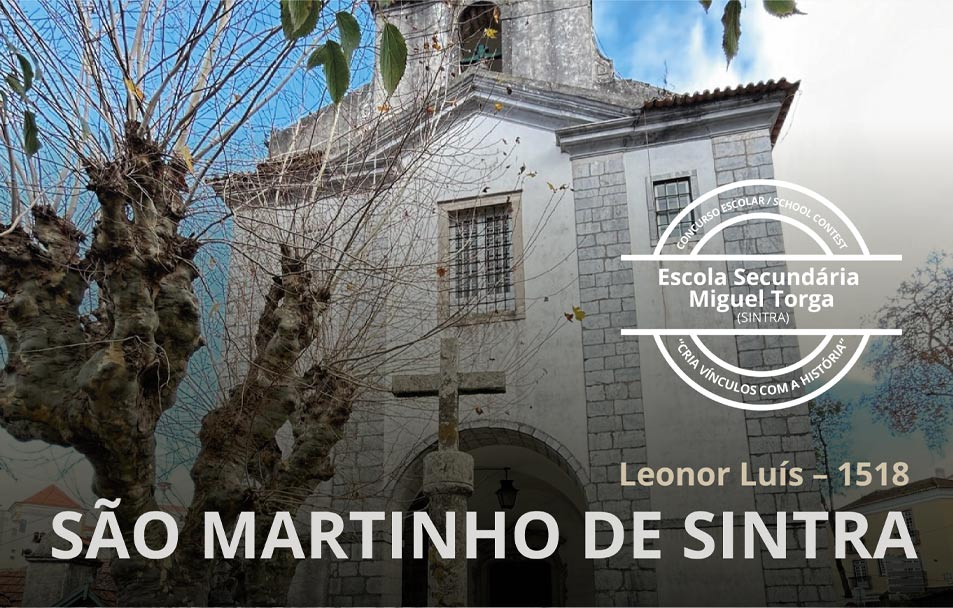Entail of the month (December, 2022)
Chapel of Nossa Senhora da Piedade
D. Francisco de Castelo Branco, Quinta da Póvoa, 1548
In July 1548, Francisco de Castelo Branco, Lord of Vila Nova de Portimão and Lord Chamberlain to King João III, succumbed to an unknown illness and was confined to his quarters, in the luxurious family palace in Lisbon. Feeling that time was running out, he ordered his last will. Dom Francisco determined how his estate should be administered, who his heirs would be and how his debts would be settled. Amongst the dispositions, it was made the usual bequest of the third part of the inheritance (terça) to his heir, and future administrator of the Póvoa estate. Part of this portion was to be spent to purchase an interest rate, which would be used to pay a chaplain who would pray a daily mass in perpetuity in the chapel of Nossa Senhora da Piedade (Our Lady of Mercy), for the soul of D. Francisco, his first wife, D. Francisca de Meneses, and D. Maria de Castro, his wife at the time. As the testator pleaded: “I beg you, for the love of our Lord, to do so as stated in this will, and do so always, because our Lady will reward for what you do” (BNP, ACVB, cx. 8, doc. 18, fl. 55v-56).
Chapel of Nossa Senhora da Piedade.
Representative of a lineage that had risen to the highest courtly positions and having his father enjoyed great proximity to King Manuel, Francisco lived in a different context. Resentful of the growing influence of João III’s favorite courtier, António de Ataíde, Count of Castanheira, and feeling devalued by the monarch, he took refuge in his estate by the Tagus River for long periods of time (DUARTE, 2022, pp.52 – 57). There, throughout the 30s and 40s of the sixteenth century, D. Francisco led a series of initiatives to renovate the head of his estate, the farmstead of Póvoa. Amongst other paradigmatic works, we can point out the creation of the gardens surrounding the palace, the construction of the Saint Jerome oratory, the building of a grotto surrounding a sculptural set depicting the «Lamentation of Christ» (today, Lapa do Senhor Morto), and the chapel of Nossa Senhora da Piedade. These last constructions were marked by the Lord of Vila Nova with of a blazon, aggregating his arms and those of his first wife; he also commended a stone plaque, in which two rustic men hold a sign stating that “this oratory of Nossa Senhora da Piedade with all the other buildings of this farmstead” had been raised upon his orders in 1531 (today placed on the chapel’s façade; MANGUCCI, 1998, pp. 33-59).
Chapel of Nossa Senhora da Piedade.
The chapel was built at some distance from the palace, surrounded by trees, orchards and ponds, inviting the bucolic atmosphere of the place to recollection and spiritual reflection. However, this stripped-down scenery did not prevent the interior of the temple from being worthily filled with important pieces of sacred art, reflecting the social status of its founder. This becomes even more significant when we realize that this was not the main chapel of the Lords of Vila Nova, who kept their pantheon inside the church of Saint Martinho, next to the Lisbon palace (BNP, ACVB, cx.9, doc. 11).
Stone plaque of the chapel of Nossa Senhora da Piedade.
The reading of a list of possessions that D. Francisco entailed to the morgadio of Póvoa, and an inventory made after his death, allows us to know that among the assets belonging to the chapel on his farmstead were, for example, several silver pieces, vestments made of luxurious fabrics, an Flemish altarpiece of Nossa Senhora da Piedade, and even a small devotional library containing the four volumes of the Vita Christi, published in 1495 by Valentino Fernandes and Nicolau de Saxónia, under the protection of Queen D. Leonor, wife of king João II (BNP, ACVB, cx. 8, doc. 18, fls. 57v, 70v – 72).
Detail of the chapel of Nossa Senhora da Piedade.
The chapel of Nossa Senhora da Piedade gradually became a place of popular worship during the following centuries. Several miracles were attributed to the patron saint of the small temple, which explains why, at the beginning of the eighteenth century, its interior was completely filled with ex-votos of faithful acknowledged to their protector (SANTA MARIA, 1707, Tomo I, pp. 452-453). Between the end of the seventeenth century and the beginning of the eighteenth century, following a promise made to Nossa Senhora da Piedade, the 4th Counts of Vila Nova, D. Luís de Lencastre and D. Madalena de Noronha, ordered the construction of a new chapel within the limits of their farmstead in Póvoa. Only in 1729 was the new building opened for worship, under the aegis of their heir, Count D. Pedro de Lencastre. As stated by Frei António da Conceição, chaplain of the Póvoa estate, in 1729 both Counts, D. Luís and D. Pedro, continued the tradition of celebrating, every year, the feast for Nossa Senhora da Piedade, which took place after “the feast of the Holy Spirit” (ANTT, Casa de Abrantes, n.º 167, doc. 3254). Even today, festivities dedicated to the same patron saint are still celebrated in Póvoa de Santa Iria.
Fábio Duarte
Coordination: Rita Sampaio da Nóvoa
Sources and bibliography
ARQUIVO NACIONAL TORRE DO TOMBO, Casa de Abrantes, n.º 167, doc. 3254.
BIBLIOTECA NACIONAL DE PORTUGAL, Arquivo de Família dos Botelhos de Nossa Senhora da Vida (Condes-Viscondes do Botelho), cx. 8, doc. 18; cx.9, doc. 11.
SANTA MARIA, Frei Agostinho de – Santuario mariano e historia das imagens milagrosas de Nossa Senhora, e das milagrosamente aparecidas, em graça dos pregadores, & dos devotos da mesma senhora. Tomo I. Lisboa: Oficina de António Pedroso Galrão, 1707.
DUARTE, Fábio – Herdar, Legar e Registar: o arquivo e o Tombo do Cartório da Casa de Vila Nova de Portimão. Lisboa: FCSH-UNL, 2022. Dissertação de mestrado em História Moderna e dos Descobrimentos.
MANGUCCI, Celso – A Quinta de Nossa Senhora da Piedade: História do seu Palácio, Jardins e Azulejos. Vila Franca de Xira: Câmara Municipal de Vila Franca de Xira, 1998.
Other entails of the month



